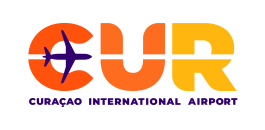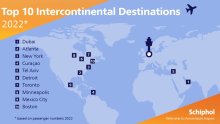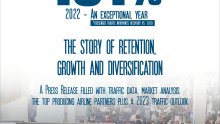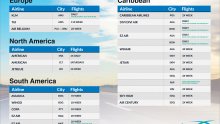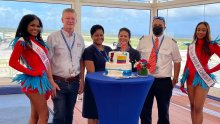Introduction to Curacao Airport Partners
Curaçao International Airport, located on the beautiful Dutch Caribbean island of Curaçao, connects Europe, the Americas, and the Caribbean. The modern and comfortable Curaçao International Airport is served by several valued airline partners. Any part of the world is accessible thanks to Star, OneWorld and SkyTeam alliances. The Curaçao International Airport has one of the longest runways in the Caribbean, capable of accommodating the industry’s largest commercial aircrafts.
In the early fall of 2014, Curaçao International Airport opened a brand-new General Aviation...
Latest Curacao Airport Partners News
 Curaçao Airport Partners presents “The Documentary – Tribute to Margareth Abraham”
Curaçao Airport Partners presents “The Documentary – Tribute to Margareth Abraham”
Posted
With the co-sponsorship of CAH, DC-ANSP, and OX & WOLF
Other Curacao Airport Partners News
- CAP partners with Xovis to streamline airport journeys
- CAP hosts ACI-LAC Human Resources Committee meeting to advance workforce excellence
- CUR elevates travel with two new passenger boarding bridges
- CUR preparing to welcome LATAM
- Airport In Focus: Curaçao International Airport
- What’s On The Horizon For: Curacao-Hato International Airport
Route Opportunities with Curacao Airport Partners
Curacao Airport Partners' Network
Powered by 
Explore Curacao Airport Partners's Network via our interactive tool
Data supplied by OAG Route Mapper
Latest Updates from Curacao Airport Partners
There are no more recent updates.
-

Curacao Airport Partners:
is attending Routes Americas 2026 -

Curacao Airport Partners:
is attending Routes Europe 2026 -

-


